Prof. Soyinka’s poem and the Weave Phenomenon
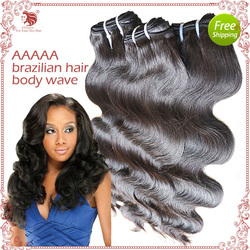
This poem written in the early 60’s about pure unadulterated and unapologetic racism can explain, very neatly, the racism that feeds the extraordinarily strong desire for straight hair sweeping every black community in the world.
“What is the connection between how we chose to wear our hair and racism?” A good friend asked when I mentioned writing this article to her. “Stop this politicizing of beauty Lekia! You’re over-thinking this weave thing. Choosing to wear weave at the end of the day, is a choice and it doesn’t tell how much a woman loves herself.”
I took my time to explain.
Always good to start at the beginning. A black man looking for room to rent discovers one in which the price is reasonable, the location ok and best all the landlady doesn’t live in the same house or so she said. But from experience he has been turned down many times because white landlords/ladies will not rent to black people, so while speaking to her on the phone, he says he is African… he is not ready for another futile trip.
The price seemed reasonable, location
Indifferent. The landlady swore she lived
Off premises. Nothing remained
But self-confession. "Madam" , I warned,
"I hate a wasted journey - I am African."
Then the unadulterated racist question is asked;
“HOW DARK? …. “ARE YOU LIGHT OR VERY DARK”
Then she swaps it around but basically wants to know the extent of his ‘Africanness’.
“ARE YOU DARK OR VERY LIGHT?”
And his reply:
"West African sepia"_ and as afterthought.
"Down in my passport."
The landlady has never heard of the word ‘sepia’ before.
"WHAT'S THAT?" conceding "DON'T KNOW WHAT THAT IS."
"Like brunette."
"THAT'S DARK, ISN'T IT?"
Now the conversation becomes interesting with his reply.
“Not altogther. Facially, I am brunette, but madam you should see
The rest of me. Palm of my hand, soles of my feet
Are a peroxide blonde. Friction, caused –
Foolishly, madam – by sitting down, has turned
My bottom raven black – One moment madam!” – sensing
Her receiver rearing on the thunderclap
About my ears – “Madam, “ I pleaded, “wouldn’t you rather
See for yourself?”
Racism has driven this black man seeking accommodation to make ludicrous claims to whiteness, to erase his Africanness as much as he can, to become as near white as is possible for a black West African so he can be acceptable in the white landlady’s eyes. Of course the writer employs sarcasm here, but the irony is that this is what institutional racism requires, or rather demands of Africans, and willingly or not we have complied.
The machinery of racism has run so smoothly and become so institutionalized and internalized that the ‘landladies’ and ‘landlords’ of the institutions don’t need to directly ask that question any more. Whether adjusting our names to sound more English (they can’t pronounce my indigenous name many site as the reason, er neither can we pronounce their English names), or changing it altogether. In the eyes of the racist ‘landlord’ we are more acceptable as John the African rather than Jideofor the African.
Enters another aspect of our Africanness we can change – HAIR! The discrimination in Telephone Conversation is just a microcosm of the discrimination you find in every industry, but I’ll focus on the beauty and fashion industry. This industry has seen to it that very few black women are featured and when they decide to, you can almost hear the question, “HOW DARK? …. “ARE YOU LIGHT OR VERY DARK?” In other words, how African do you look?
We reply, almost like the West African Sepia man in the poem, “facially I am brunette but you should see my hair, it’s peroxide blond!” Aka Caucasian and sometimes we do go the extra mile, and don the peroxide blond weave. The ‘landlords’ concede, allowing the West African Sepia with the Caucasian hair on TV, on the magazine cover, on adverts, in movies and on the runway.
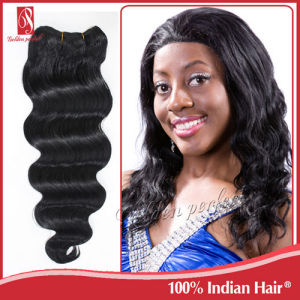
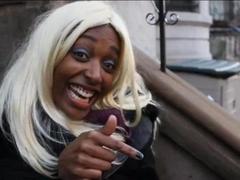
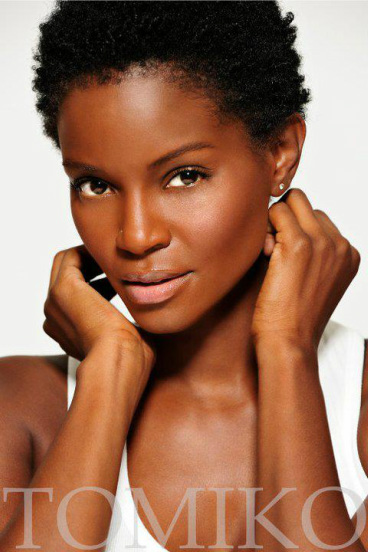
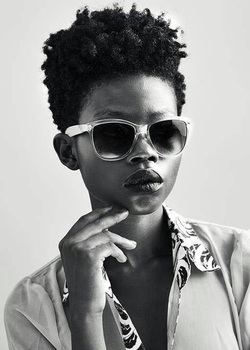
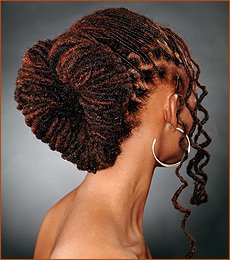

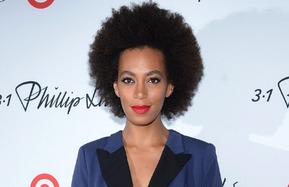
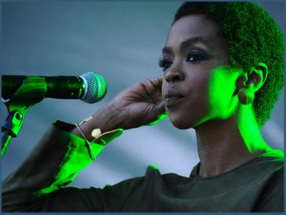

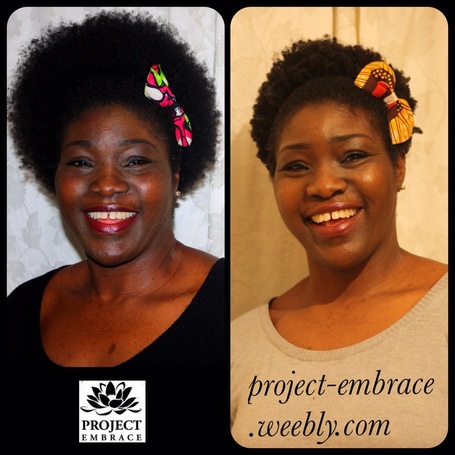
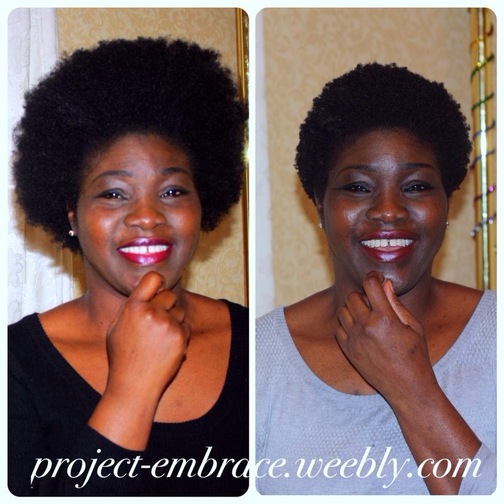
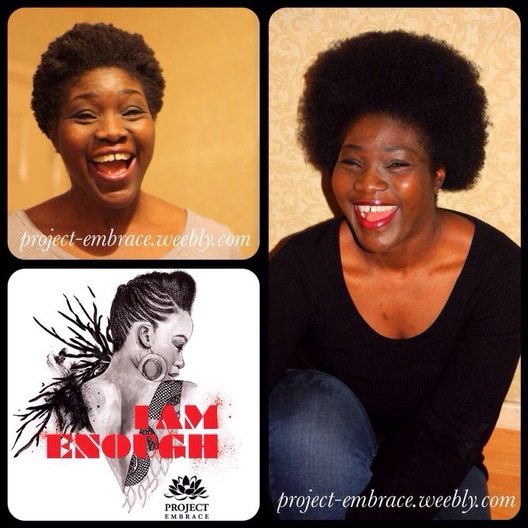
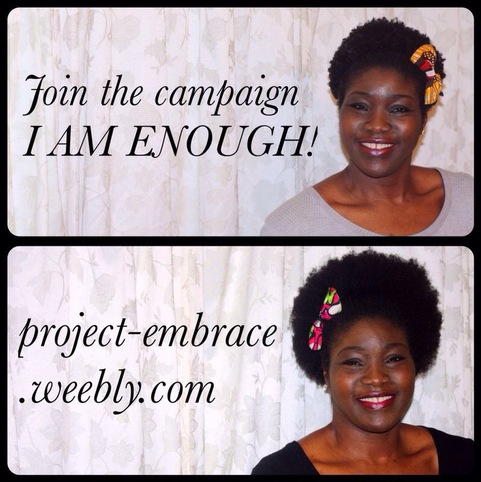
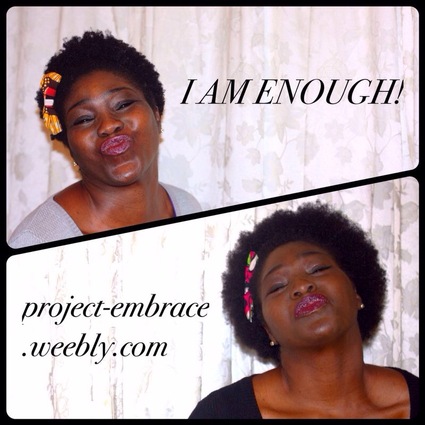

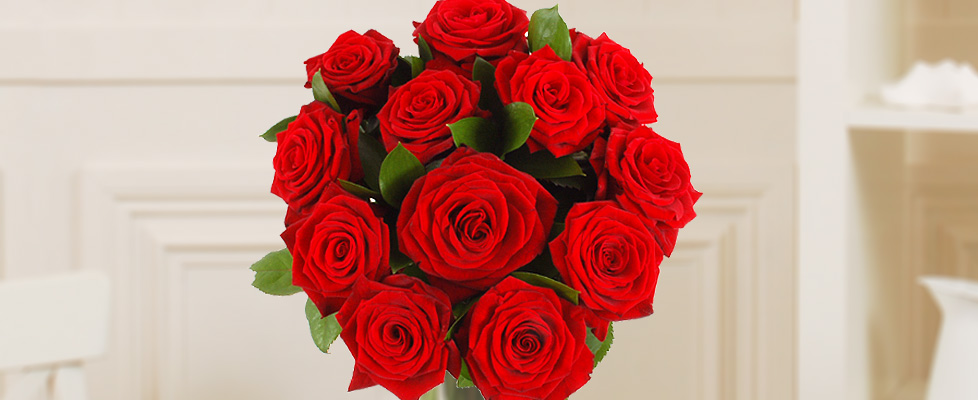
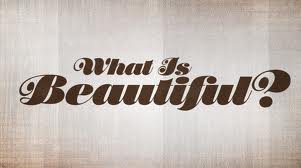
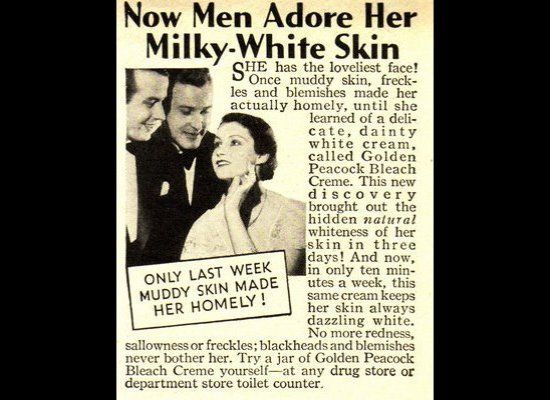
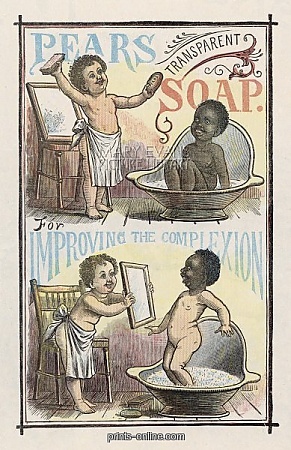
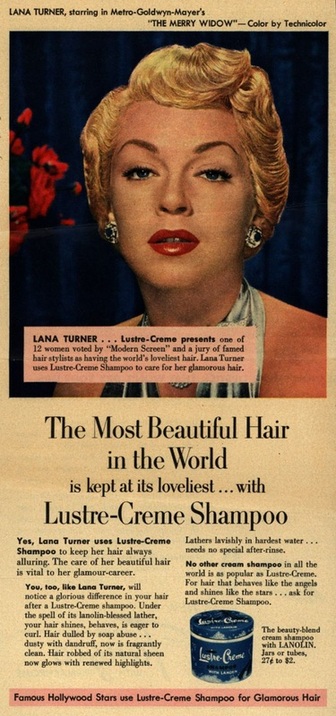
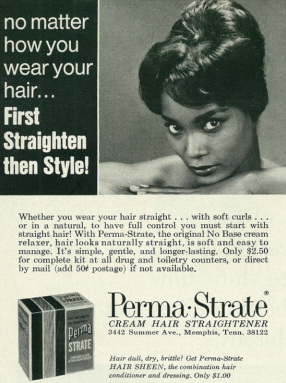
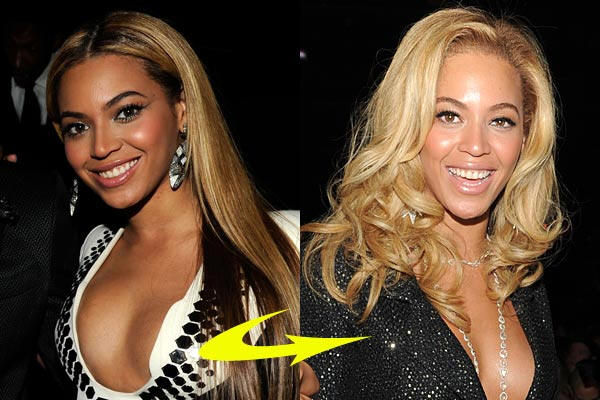
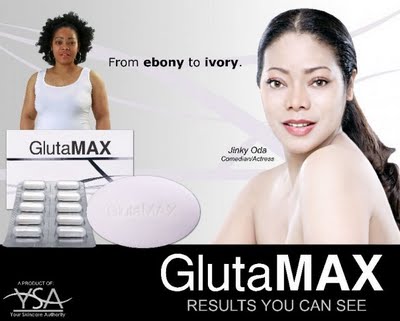
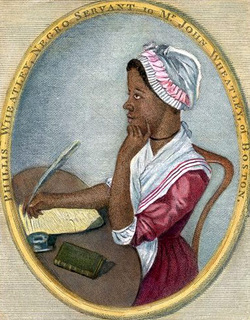

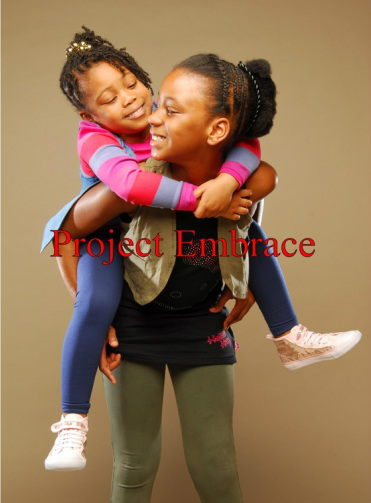
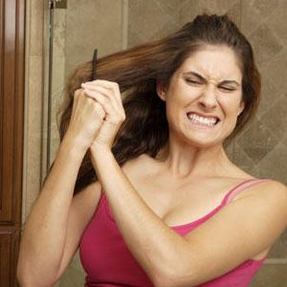
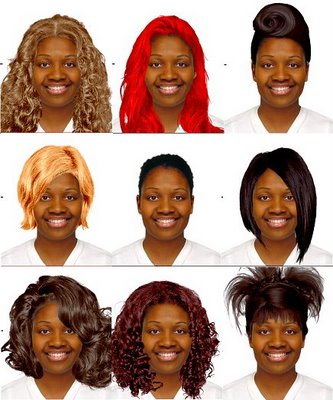

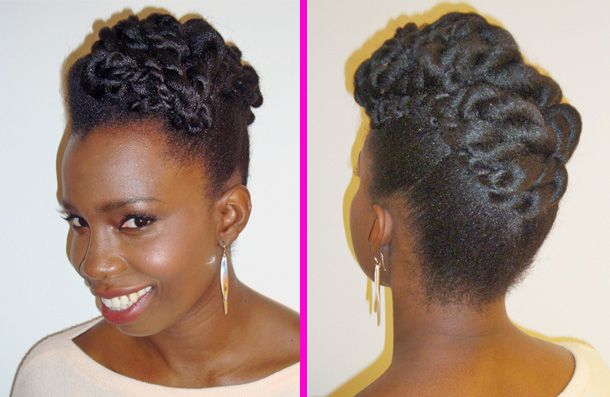
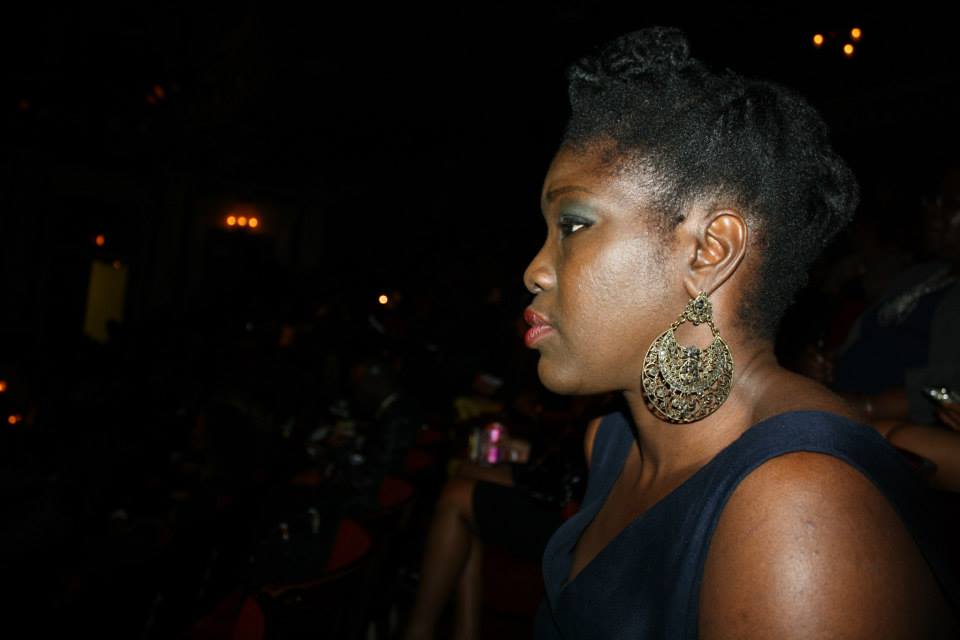
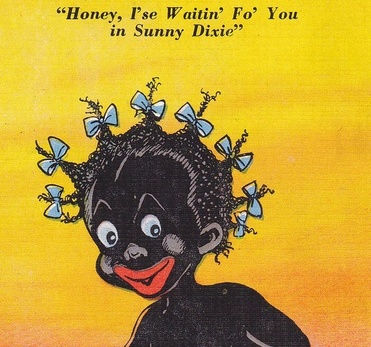
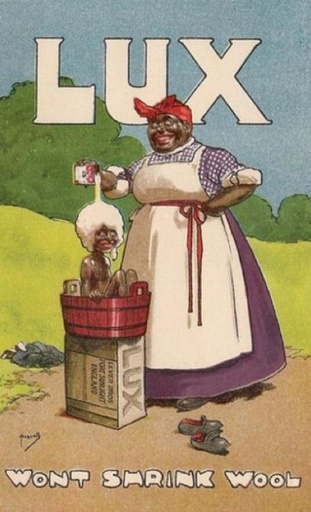
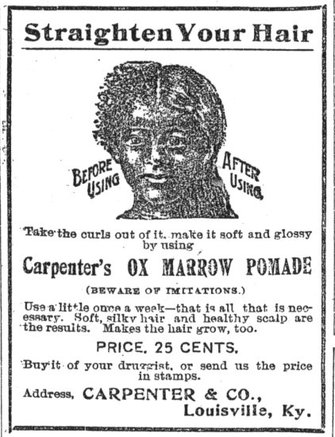
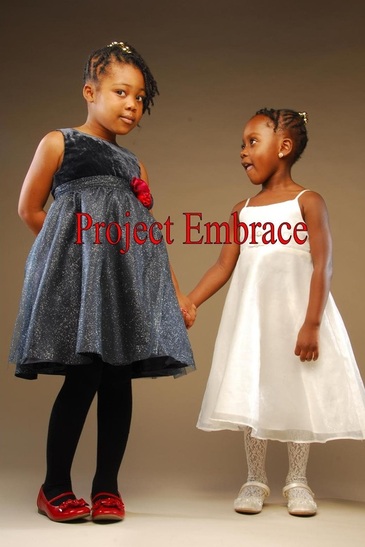
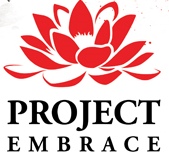
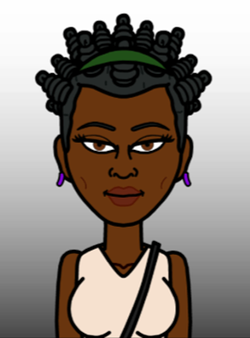
 RSS Feed
RSS Feed